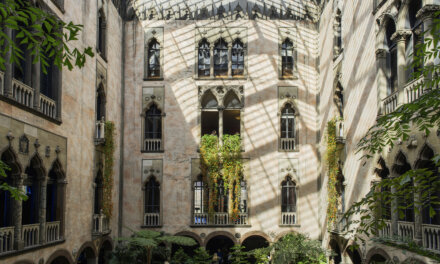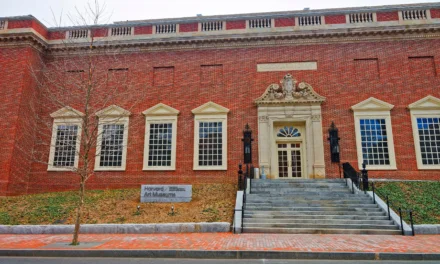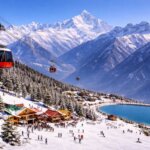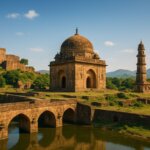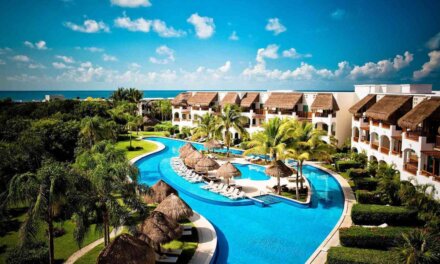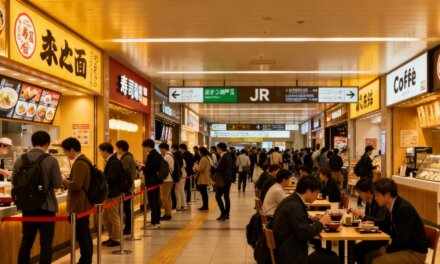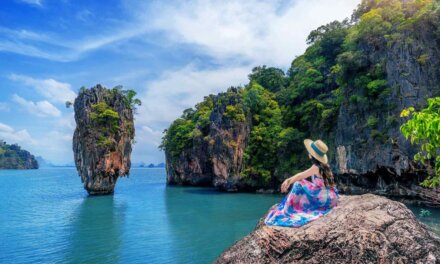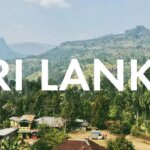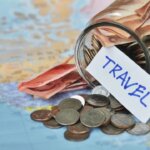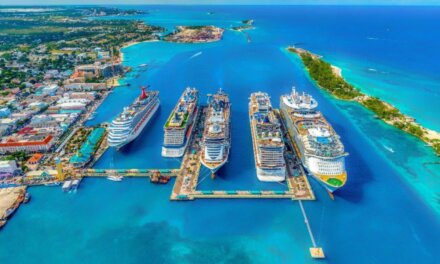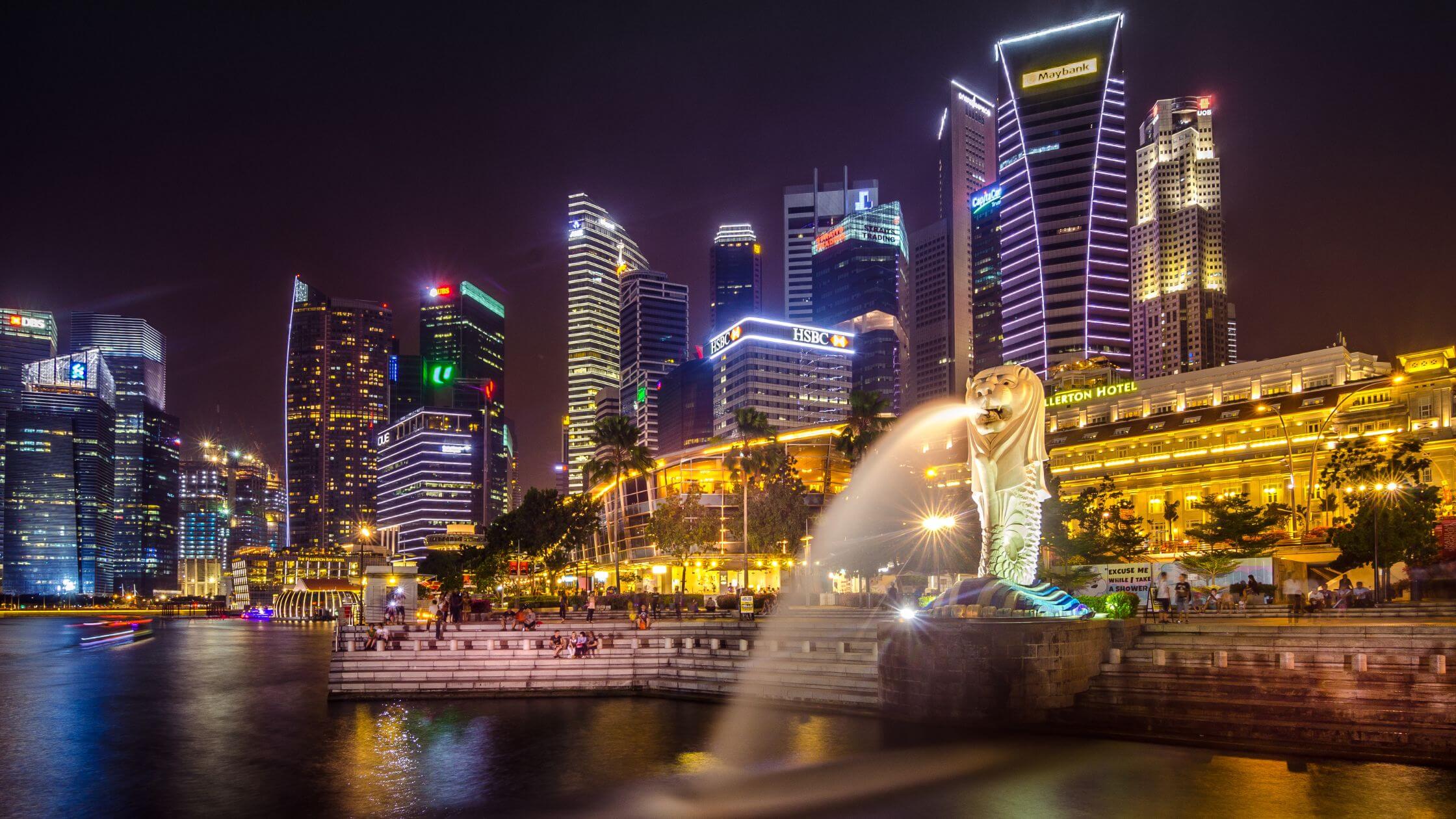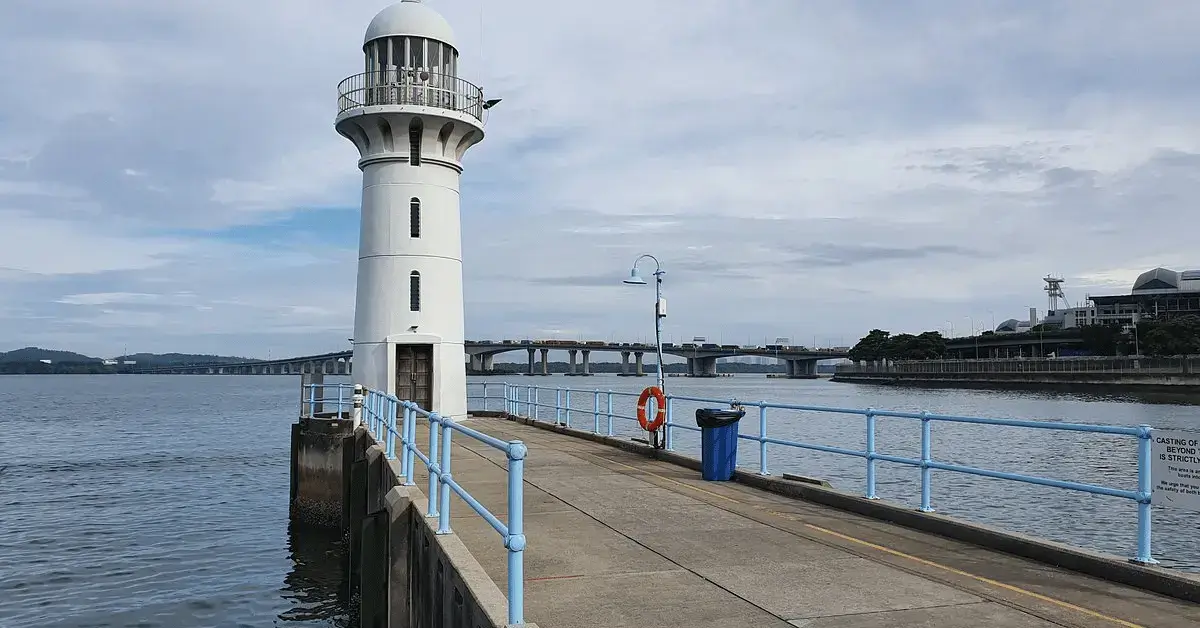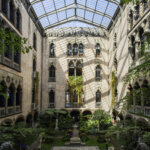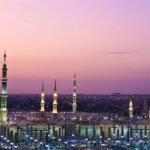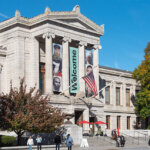
There’s Only One City in the World That’s Also a Country — Can You Guess Which?
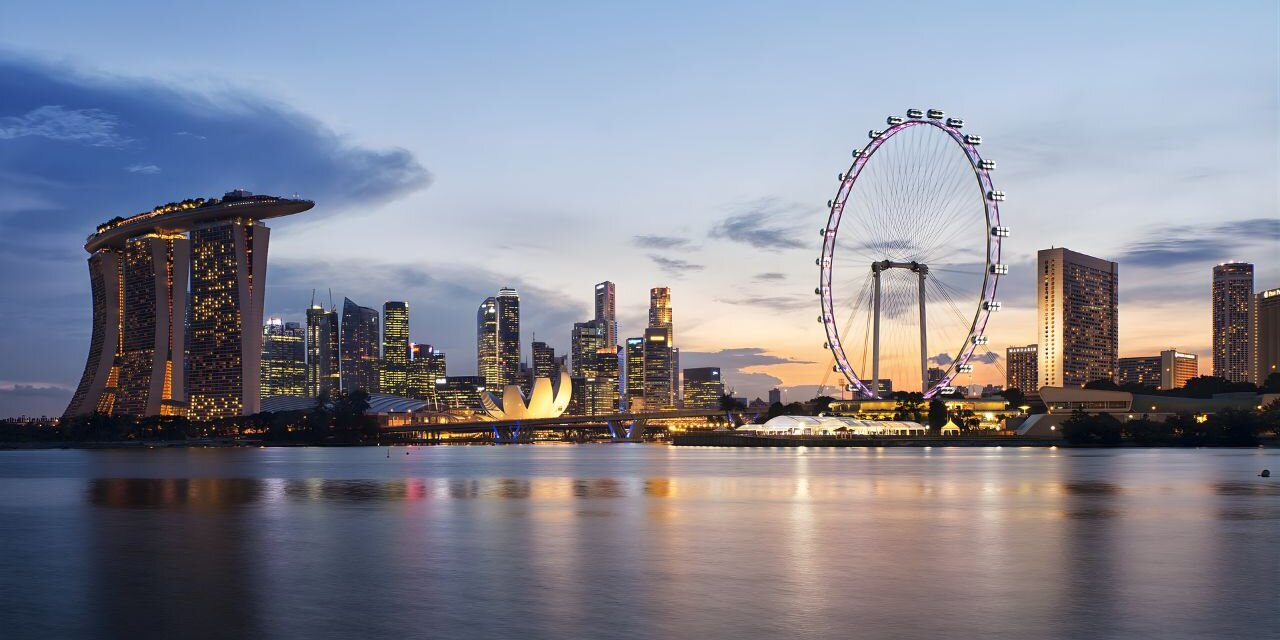
Among the 195 recognized nations on Earth, nearly all have multiple cities, towns, and regions — except one. There’s a country so unique that its entire territory fits inside a single city — a place where skyscrapers touch the clouds, gardens bloom between futuristic buildings, and every system runs with near-perfect precision.
Welcome to Singapore, officially known as the Republic of Singapore — the only city in the world that also functions as a fully independent nation. It’s a city-country hybrid, where the boundaries of government, economy, and society blend seamlessly into one urban masterpiece.
Despite covering just 734 square kilometers, Singapore has achieved what few larger countries ever could: it built a thriving, world-class economy, an advanced infrastructure, and a multicultural society that ranks among the safest and most prosperous on Earth.
From a small fishing village to a global financial powerhouse, Singapore’s journey is a remarkable story of transformation. Its strategic location along major trade routes made it an essential port for centuries, but its true rise began after independence in 1965, when visionary leadership and disciplined governance turned a resource-poor island into one of the most influential nations in Asia.
A City That’s Also a Nation
Singapore is the world’s only fully functioning city-state — a sovereign nation that operates as one single city. While most countries have multiple states or provinces, Singapore’s entire governance, economy, and infrastructure are managed centrally.
This one-city model allows for:
- Unmatched efficiency: Policies and reforms are implemented quickly, without bureaucratic hurdles.
- Integrated planning: Housing, transportation, education, and the environment are all developed cohesively.
- Economic consistency: Every industry — from finance to tourism — grows under a unified national vision.
This centralization has enabled Singapore to become one of the cleanest, safest, and most innovative countries in the world — consistently ranking at the top for quality of life, education, and business competitiveness.
From a Fishing Village to a Global Powerhouse
Singapore’s story is one of the greatest transformations in modern history.
Barely a century ago, it was a modest fishing village under British colonial rule. After gaining independence in 1965, the island faced enormous challenges — no natural resources, limited land, and a diverse population struggling to find unity.
But under the visionary leadership of Lee Kuan Yew, Singapore began an ambitious journey of nation-building that changed its destiny forever.
Key milestones in its rise include:
- 1960s–70s: Rapid industrialization and creation of jobs through global trade partnerships.
- 1980s–90s: Evolution into a global financial hub and logistics powerhouse.
- 2000s–present: Focus on innovation, sustainability, and digital transformation.
Today, Singapore stands shoulder to shoulder with countries like Switzerland, Japan, and South Korea in terms of GDP per capita, education, and infrastructure — an astonishing feat for a nation that’s smaller than most global cities.
Geography and Global Significance
Located in Southeast Asia, Singapore sits strategically between Malaysia to the north and Indonesia to the south, flanked by the Johor Strait and the Singapore Strait.
Covering an area of just 734 square kilometers, it’s smaller than New York City — yet it’s home to nearly 6 million people. Despite its compact size, it has become one of the world’s busiest trade and transport hubs.
Its deep-water port connects the Indian Ocean and the South China Sea, making it a critical gateway for global commerce. Every day, thousands of ships pass through its waters, carrying goods and resources that power economies around the world.
The Climate and Lifestyle
Singapore has a tropical rainforest climate — warm, humid, and rainy throughout the year. But what truly sets it apart is its commitment to green living. Nearly half of the island is covered in greenery, parks, and nature reserves, giving rise to its famous nickname: “The Garden City.”
Its urban landscape is a perfect blend of modern architecture and natural beauty — think futuristic skyscrapers, vertical gardens, and tree-lined boulevards. The city’s dedication to sustainability has made it a global leader in smart city innovation and eco-friendly design.
The lifestyle here is equally dynamic. Residents enjoy one of the highest living standards in the world, with top-tier healthcare, education, and public transport systems. The city is also one of the safest globally, boasting extremely low crime rates and impeccable civic discipline.
A Cultural Mosaic
Singapore’s strength lies in its diversity. The nation is home to people of Chinese, Malay, Indian, and Eurasian heritage, creating a vibrant cultural mix reflected in its languages, traditions, and cuisine.
It recognizes four official languages — English, Malay, Mandarin, and Tamil — symbolizing its multicultural roots. Festivals from all major religions are celebrated with equal enthusiasm — from Diwali and Hari Raya to Chinese New Year and Christmas.
And when it comes to food, Singapore is a global culinary paradise. From Michelin-starred restaurants to hawker food stalls, the city’s flavors tell the story of its cultural fusion. Local favorites like Hainanese chicken rice, laksa, chili crab, and satay attract food lovers from every corner of the world.
The Story Behind the Name
The name “Singapore” is derived from the Malay words “Singa” (lion) and “Pura” (city) — together meaning “Lion City.”
Legend says a Sumatran prince once landed on the island and saw a lion, an animal not native to the region. Taking it as a good omen, he named the island after the creature — a symbol of strength, courage, and progress.
The lion emblem still stands proudly today, representing the fearless spirit that has guided the nation through decades of change and growth.
Fascinating Facts About Singapore
- It’s one of the few countries in the world with its own currency, military, and foreign policy despite its small size.
- Its public transportation is among the most efficient and punctual in the world.
- Changi Airport, Singapore’s main airport, is regularly ranked the best globally and handles over 60 million passengers annually.
- Nearly 50% of its land is covered with greenery, including rooftop gardens and urban parks.
- It ranks among the top five nations globally for education, innovation, and ease of doing business.
- Chewing gum is famously restricted — part of the city’s strict cleanliness laws!
In Summary
Singapore is living proof that size doesn’t determine success. Through discipline, vision, and innovation, it transformed from a resource-poor island into one of the world’s most influential nations.
Its story is a masterclass in strategic planning, cultural harmony, and sustainable growth, showing how a small nation can leave a monumental mark on global history.
From its dazzling skyline to its lush green heart, Singapore isn’t just a city or a country — it’s an idea that inspires the world: that with the right mindset, even the smallest places can achieve greatness.

